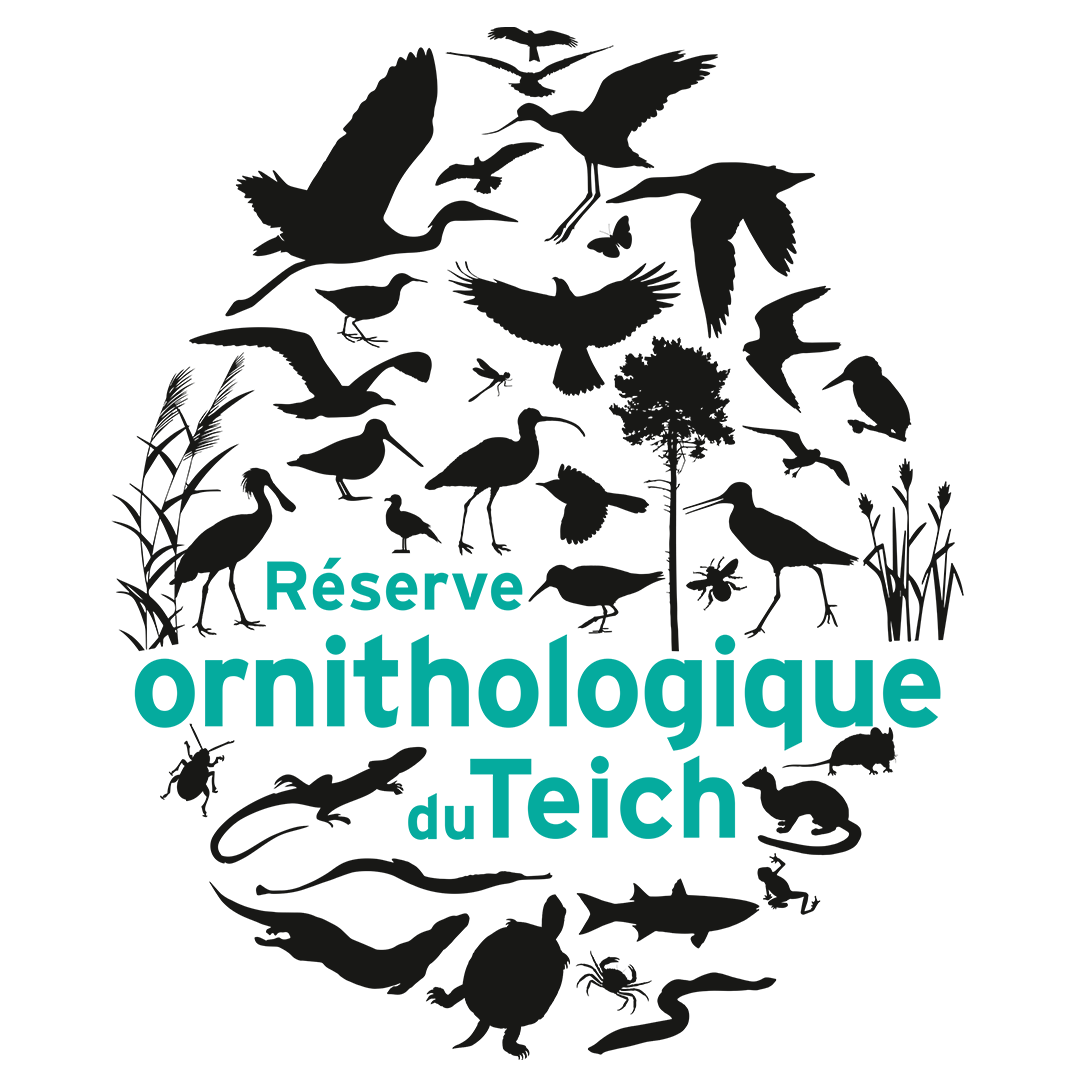The reserve was opened to the public in the autumn of 1972 and although its focus has shifted at various points in time, its overriding concern has always been to protect the reserve’s unique natural environments and the wild creatures that live there.
At the end of the 1960s, a group of local ornithologists (Pierre Davant, Pierre Petit, Alain Fleury and Claude Quancard), came to the conclusion that the bassin d’Arcachon was potentially a very attractive environment for birds, but could not fulfil its potential because of the absence of protected habitat along its shoreline. They contacted the Mairie du Teich and put forward the idea of creating a bird reserve along the lines of that which had already been established at Zwin in Belgium.
